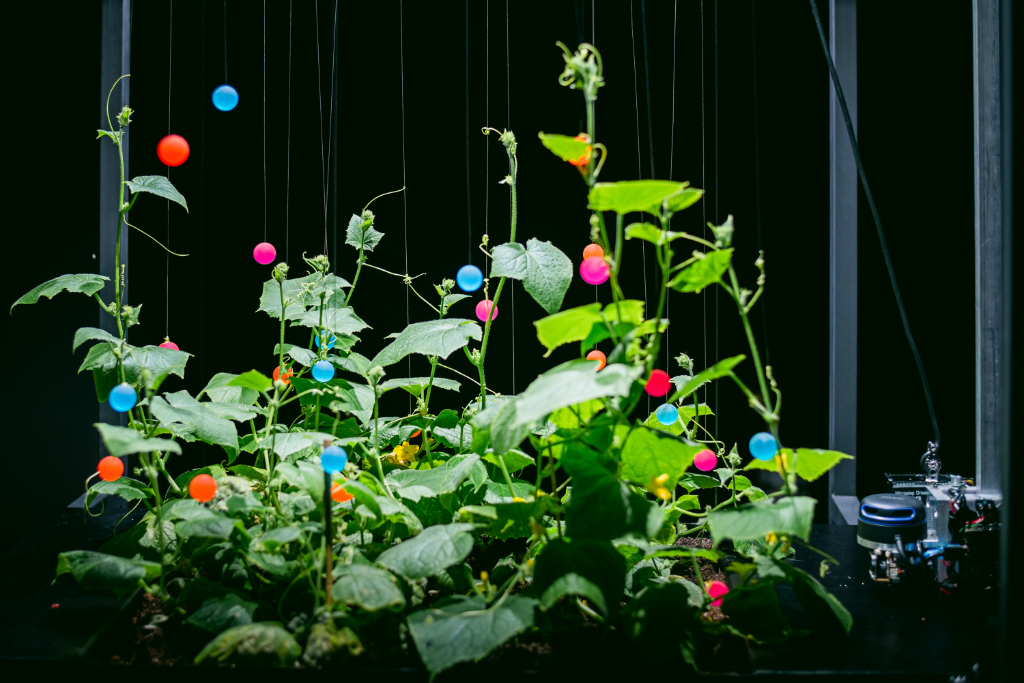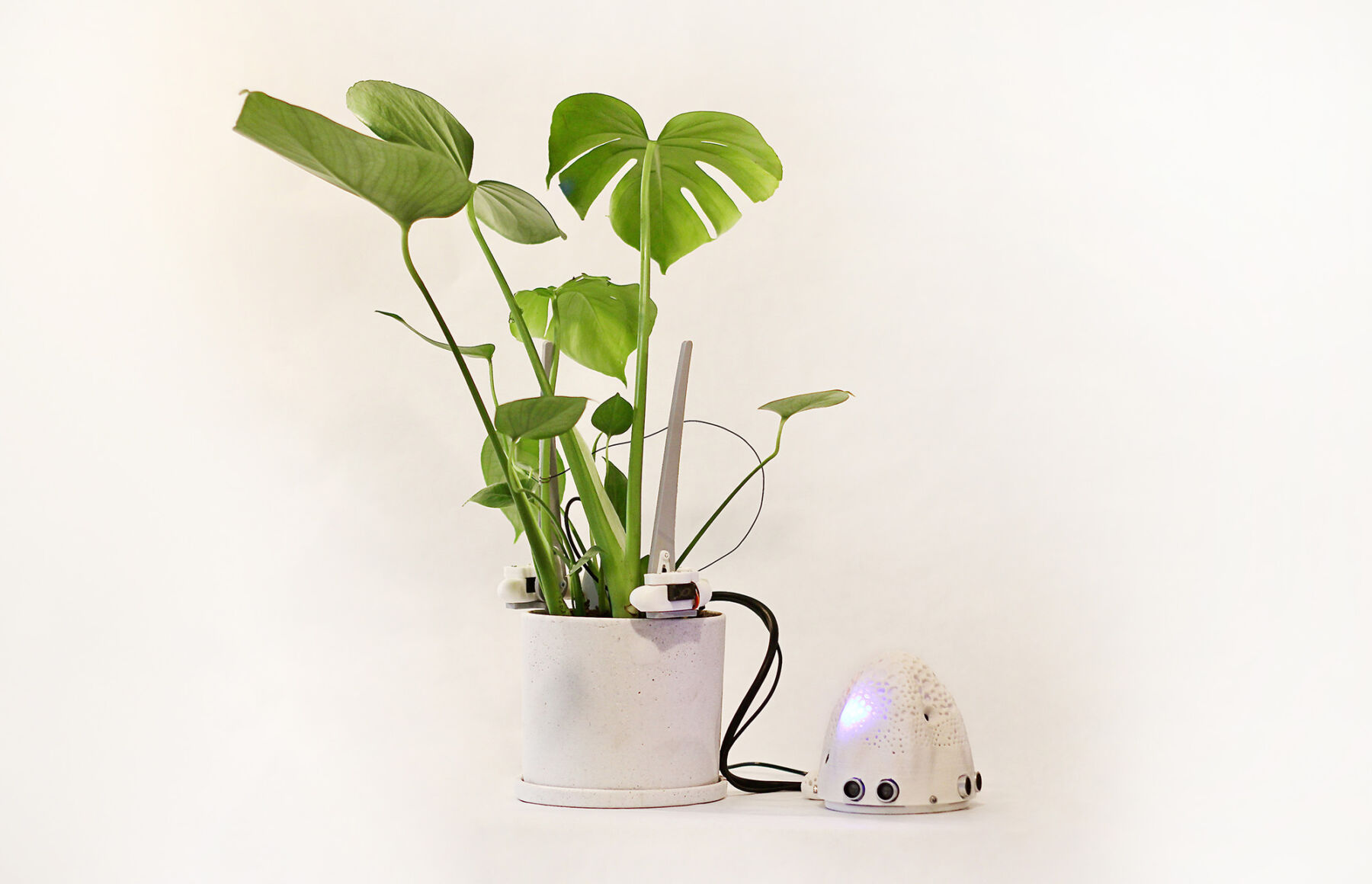Text by CLOT Magazine

Atletika gallery, located at the cultural centre SODAS 2123 in Vilnius, is a contemporary art space that showcases both emerging and acclaimed artists from Lithuania and abroad. The gallery’s exhibition programme is known for its openness to experimentation and exploration of new processes in art. The upcoming Roots x Wires exhibition will feature the works of artists who have creatively reimagined the relationship between humans and plants.
Curated by Katažyna Jankovska, Roots x Wires features artistic works that address technology, productivity, and the intriguing connections between the human and plant worlds. Imagine a room controlled by plants or plants communicating through the Internet. What if we create machines solely for playing with plants? These are the thought-provoking questions this exhibition aims to raise.
Since the 1970s, artists have been at the forefront of a revolutionary fusion, merging plants with technological systems. This innovative blend has given birth to novel hybrid forms of intelligence. These “analog electrical computers” utilise plants to transfer information across long distances and act as natural sensors, detecting environmental changes. This creative fusion has led to computers, robots, and network designs moving beyond traditional electronic systems and silicon chips to incorporate plant elements.
Špela Petrič’s PL’AI is an AI robot created to play with cucumber plants. The work embraces the notion of a play as an ontological condition of all living bodies, including plants. Mindaugas Gapševičius’s Mycorrhizal Networks or How I Hack Plant Conversations reveals the hidden connections in nature by introducing electronic interfaces that translate chemical signals into digital data and back again. Merle Bergers’s Lingua Planta is inspired by the volatiles plants use to communicate.
Lerin/Hystad’s Electronic Flora captures electrical signals from plants and transmits them through a modular synthesiser, letting the plants dictate the sound structure, notes, melodies, and rhythms in the music. María Castellanos’s Other Intelligences is a network of plants linked to the Internet. This network is analogous to the network of roots and mycelia of fungi in the forest but is made up of data, algorithms, and actuators. With 25 plants connected around the world, the algorithm makes remote communication between them possible by training plants to recognise and respond to different stimuli.
As we continue to develop artificial intelligence primarily focused on emulating human-level intelligence, could we draw inspiration from plants’ collective decision-making, information processing, and resource distribution methods?
Roots x Wires runs from June 27 to August 8, 2024.






